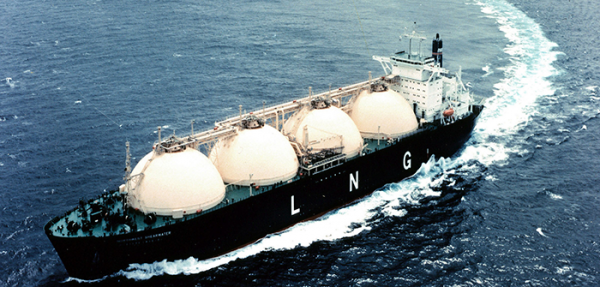OIL & GAS
Deepwater Oil And Gas Production To Rise 60pct By 2030
Deepwater production is set to increase by over 60% between 2022 and 2030, growing from 6% to 8% of overall upstream production. Ultra-deepwater production – from depths of 5,000 feet and above is growing fastest – by 2024 it will account for more than half of all deepwater production.
Deepwater is the fastest-growing upstream oil and gas resource theme. From just 300,000 barrels of oil equivalent per day (boe/d) in 1990, production is expected to hit 10.4 million boe/d in 2022.
By the end of the decade, that figure should pass 17 million boe/d, Wood Mackenzie suggested.
Deepwater production is set to increase by over 60 percent between 2022 and 2030, growing from 6 to 8 percent of overall upstream production.
According to Woodmac, Brazil remains the leading deepwater producer, it accounts for around 30% of current global capacity and will continue to grow.
Guyana, the most significant new entrant, will be producing one million boe/d within the next five years. In total 14 other countries will contribute to the deepwater supply mix in the coming years.
Despite the diversification of sources, and corporate participants, control over major deepwater projects sits in the hands of relatively few companies. Just eight companies account for 65% of deepwater production and 67% of the remaining project value.
Petrobras and the seven Majors dominate deepwater production, operating 22 of the top 25 deepwater assets. Petrobras’ deepwater portfolio is around twice as big as its nearest peer, Shell, which stands out among the majors for leading production and cash flow. ExxonMobil and TotalEnergies show the highest rates of growth this decade.
Woodmac said that, typically, only the best subsurface plays become commercial in water this deep. Deepwater basins, therefore, tend to be hyperproductive, recovering huge volumes of oil and gas from each well. This translates into high economic returns and low Scope 1 and 2 emissions intensities relative to most other oil and gas resource themes.
But there is still room for emissions improvement. The Majors are focused on cutting deepwater emissions by reducing flaring and methane leaks, optimizing operations at existing platforms, and, where possible, facility electrification. Brazil’s scale means it is the highest absolute emitter and its performance is contingent on Petrobras’ decarbonization aspirations.
There is a robust pre-FID project pipeline, offering plenty of investment opportunities across a range of jurisdictions. Average investment returns in our global database of deepwater development projects are 24%, at $60/bbl Brent, but the bookends are far apart. The best returns are generated by smaller oil fields which can be tied back to nearby infrastructure. The lowest are long lead-time gas supply projects.
Service companies have made huge fleet reductions for key equipment such as floating rigs and production systems since the peaks of the 2010s. With activity levels growing, equipment and service availability will be a constraint.
Cost inflation will continue to risk project economics as higher utilization combines with higher commodity prices. In some regions, deepwater rig costs have doubled compared to 2021 dayrates. It has hit global hotspots such as the US GoM and Brazil hardest, Gato do Mato in the Brazilian pre-salt for example, will be delayed by up to two years due to rising costs.
Constraints in the global deepwater supply chain will, with time, increase lead times and unit costs across the board. Participants have pushed operational efficiencies such as cutting drill days and modularizing facilities to offset some of the impact, but the hard-fought efficiency gains made during previous downturns are starting to reverse.






